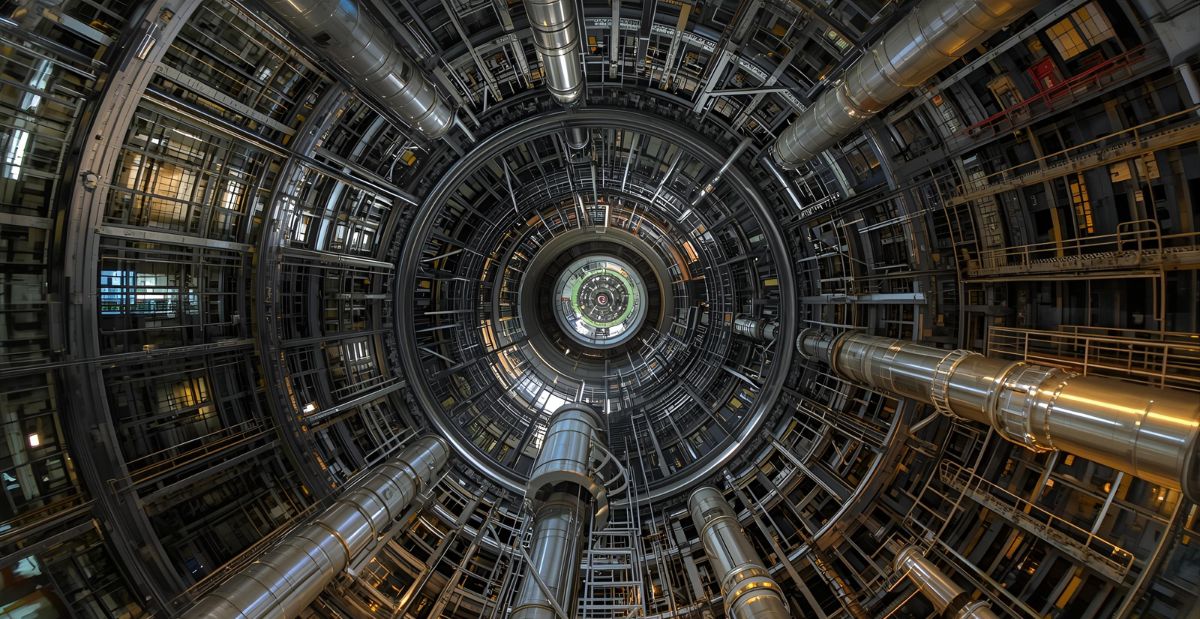
LADICIM collaborates on the guide to implement the European standards for recycled concrete in structures in Spain
The goal is to provide precise recommendations to optimize the design and execution of structures using recycled concrete, contributing to the transition toward more environmentally friendly construction.
The Laboratory of the Division of Materials Science and Engineering at the University of Cantabria (LADICIM) has been selected by the International Federation for Structural Concrete to collaborate on drafting the Spanish Application Guide for ‘Annex N of UNE-EN 1992-1-1 Eurocode 2,’ a key regulation governing the use of recycled concrete in structures across the European Union.
Carlos Thomas, researcher at LADICIM and professor at the University of Cantabria, will co-lead the working group responsible for developing this guide in Spain, alongside Nikola Tošić, professor at the Polytechnic University of Catalonia. This group will integrate the specificities of the national context, since although the regulation has European scope, annexes must be adapted to local particularities.
“In Spain, for example, the predominant recycled materials come from concrete and stone, unlike in other countries where different components may be used. That’s why it’s essential to develop precise recommendations and make context-specific interpretations of the standard,” emphasizes Professor Thomas.

LADICIM's Experience in Sustainable Concretes
The University of Cantabria’s laboratory has taken part in projects such as RECNHOR, funded by the Ministry of the Environment, which between 2006 and 2008 laid the regulatory groundwork for the use of recycled aggregates in structural concrete in Spain. It also contributed to Annex 15 of the Structural Concrete Code EHE-08, which sets specific guidelines for the use of recycled aggregates in the production of structural concrete.
LADICIM also leads cutting-edge research such as the SEACOND project, focused on the reuse of concrete waste in marine environments. Additionally, it actively participates in key organizations in this field, including the Construction Technology Platform, the Spanish Structural Concrete Association, and the International Federation for Structural Concrete, among others.
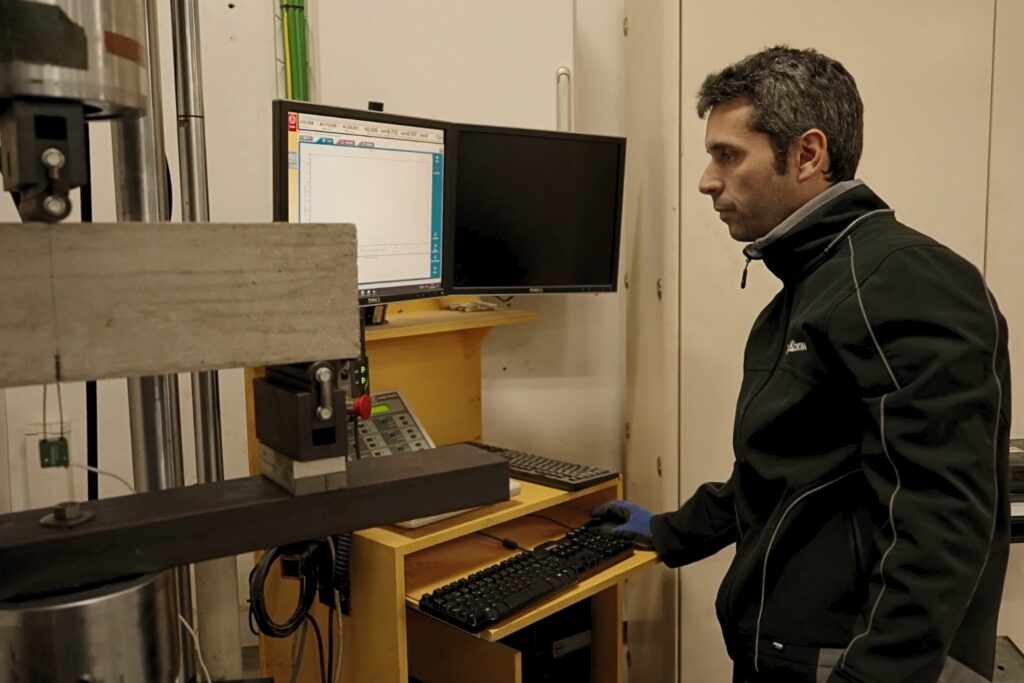
The Impact of Recycled Concrete
The European initiative to develop a regulation governing the use of recycled concrete stems from the need to reduce the environmental impact of the construction sector by limiting waste volume and CO₂ emissions.
Concrete, due to the high environmental impact of cement production—its main component—is responsible for approximately 8% of global CO₂ emissions. The regulation aims to promote more sustainable practices through the reuse of recycled materials, reducing the extraction of natural resources and closing the materials’ life cycle.
The regulation also addresses longstanding barriers that have limited the adoption of recycled concrete, such as concerns about its technical performance and durability, as well as the lack of uniform standards to ensure its quality. By establishing clear guidelines, the goal is to encourage the harmonization of practices across Europe, ensuring that recycled concrete becomes a viable and safe option for both structural and non-structural applications.
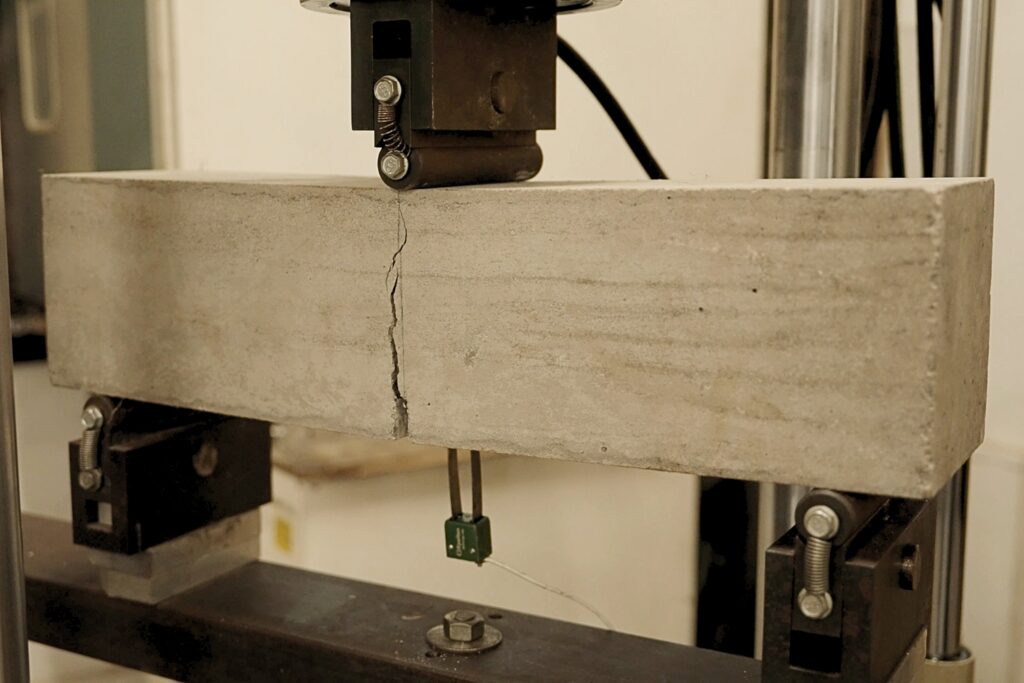
Advantages of Recycled Concrete
Recycled concrete offers a range of technical and environmental advantages that position it as a sustainable alternative to traditional concrete. From a technical standpoint, when properly processed and applied, recycled aggregates can deliver properties comparable to conventional concrete in terms of strength and durability. This has been supported by research showing consistent performance when established ratios and standards are followed.
From an environmental perspective, recycled concrete significantly reduces the ecological impact of construction. Its use can cut the demand for natural aggregates by up to 20%, easing pressure on natural resources and preventing the mass generation of waste. Additionally, it provides an efficient solution for managing construction and demolition waste, effectively closing the materials’ life cycle.
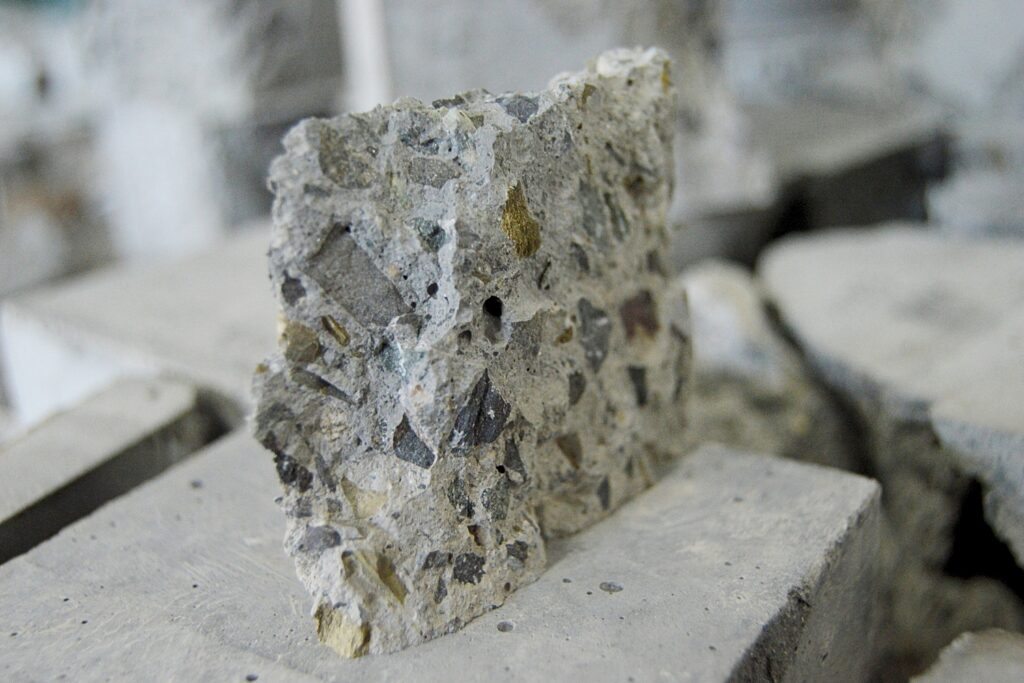
Challenges for Its Implementation
The large-scale adoption of recycled concrete faces challenges that require technical, economic, and regulatory attention. One of the main issues is ensuring the quality and consistency of the material. The inherent variability of recycled aggregates—depending on their origin and processing—makes it difficult to achieve uniform properties, which demands strict control throughout the recycling process, from sorting to treatment. This requirement increases operational costs and calls for significant investment in advanced processing and classification technologies.
From a regulatory perspective, although frameworks like Annex N of Eurocode 2 are being developed, the lack of harmonized and standardized regulations at the European level has limited user confidence in the material. This is further compounded by insufficient recycling infrastructure. In Spain, for example, less than 15% of construction and demolition waste is recycled—and mostly for low-responsibility applications.
The issue is exacerbated in regions where natural aggregates are abundant and more cost-effective. Lastly, the absence of widespread economic incentives—such as tax benefits or penalties for landfilling—slows the transition toward the use of recycled concrete. Overcoming these challenges will require a coordinated effort involving technological innovation, effective regulation, and increased market awareness.
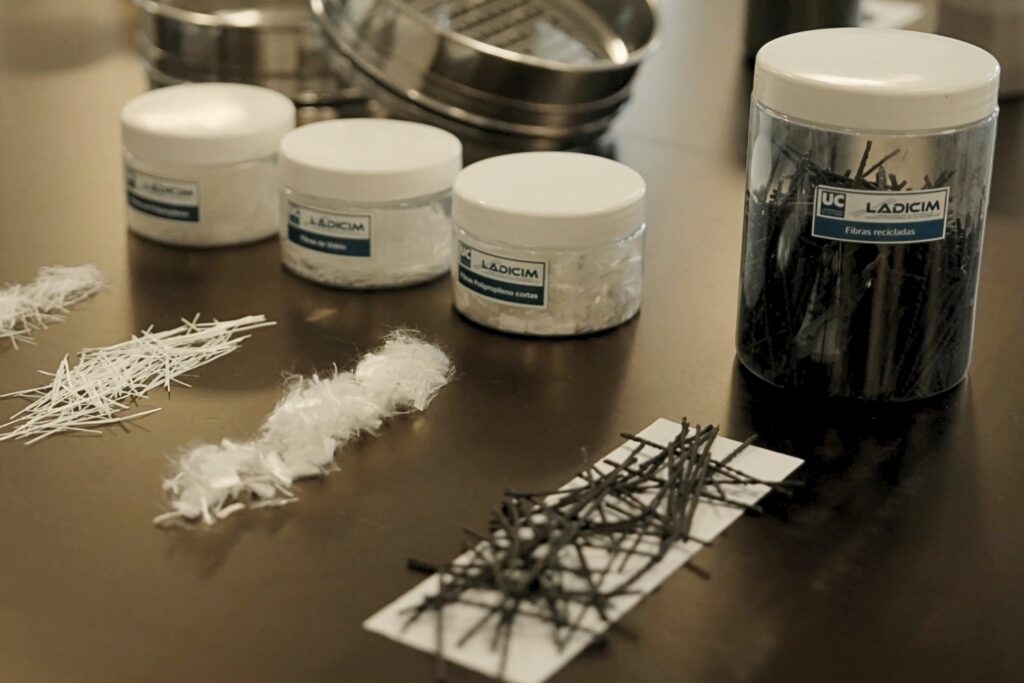
Guarantees for Its Integration into the Construction Industry
To ensure the safety and durability of recycled concrete, strict quality controls are required for recycled aggregates, making sure they come from structural concrete and are free from impurities such as wood or metals. Regulations such as Annex 15 of the EHE-08 and, more recently, the Structural Code, limit the proportion of recycled aggregates to 20% in structural applications, ensuring properties equivalent to those of conventional concrete. In addition, laboratories like LADICIM carry out rigorous technical tests to verify compressive strength, durability against freeze-thaw cycles, water permeability, and bond strength with reinforcement, guaranteeing performance under demanding conditions.
Recycled concrete must also be adapted to the specific environments in which it will be used—such as coastal areas or zones exposed to chemical agents—by adjusting its composition to meet contextual requirements. The traceability and certification of recycled aggregates, supported by CE marking, are essential to ensure compliance with technical standards. Furthermore, innovations such as additives that improve bonding and treatments that reduce porosity enhance the quality and durability of the material, allowing recycled concrete to compete with traditional concrete in terms of safety and performance.

Grant PID2022-139258OA-I00 funded by MICIU/AEI/ 10.13039/501100011033 and by ERDF/EU


